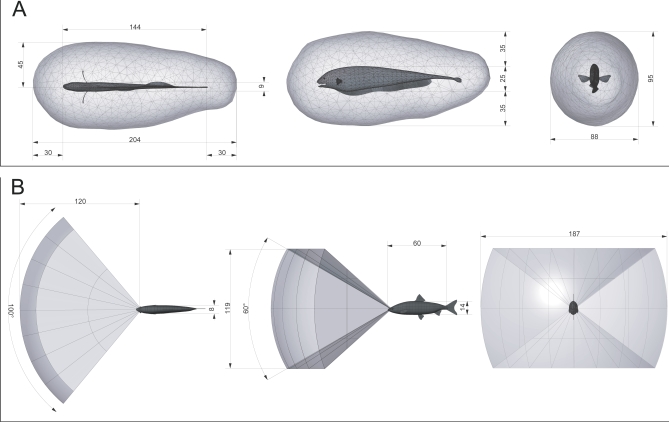Figure 8. Comparison of Active and Passive Sensory Volumes for Prey Detection in Fish, Dimensions Shown in Millimeters.
(A) Omnidirectional sensory volume (from Figure 3) for electrosensory prey detection for black ghost knifefish (A. albifrons, length 144 mm) detecting water fleas (D. magna, length 2–3 mm). The angular coverage is omnidirectional and the range is 34 mm on average.
(B) Forward-directed sensory volume for passive vision, based on prey reaction volumes for stone moroko (Pseudorasbora parva, length 60 mm) feeding on water fleas (D. pulex, length 1–2 mm). The angular coverage is approximately 100° in azimuth and 60° in elevation, with a range that varies from about 60–120 mm, depending on environmental conditions [36]; 120 mm is shown here. The two volumes are similar in size (1,000 cm3 each) but quite different in shape. Interactive 3-D version is available as Figure S7.

